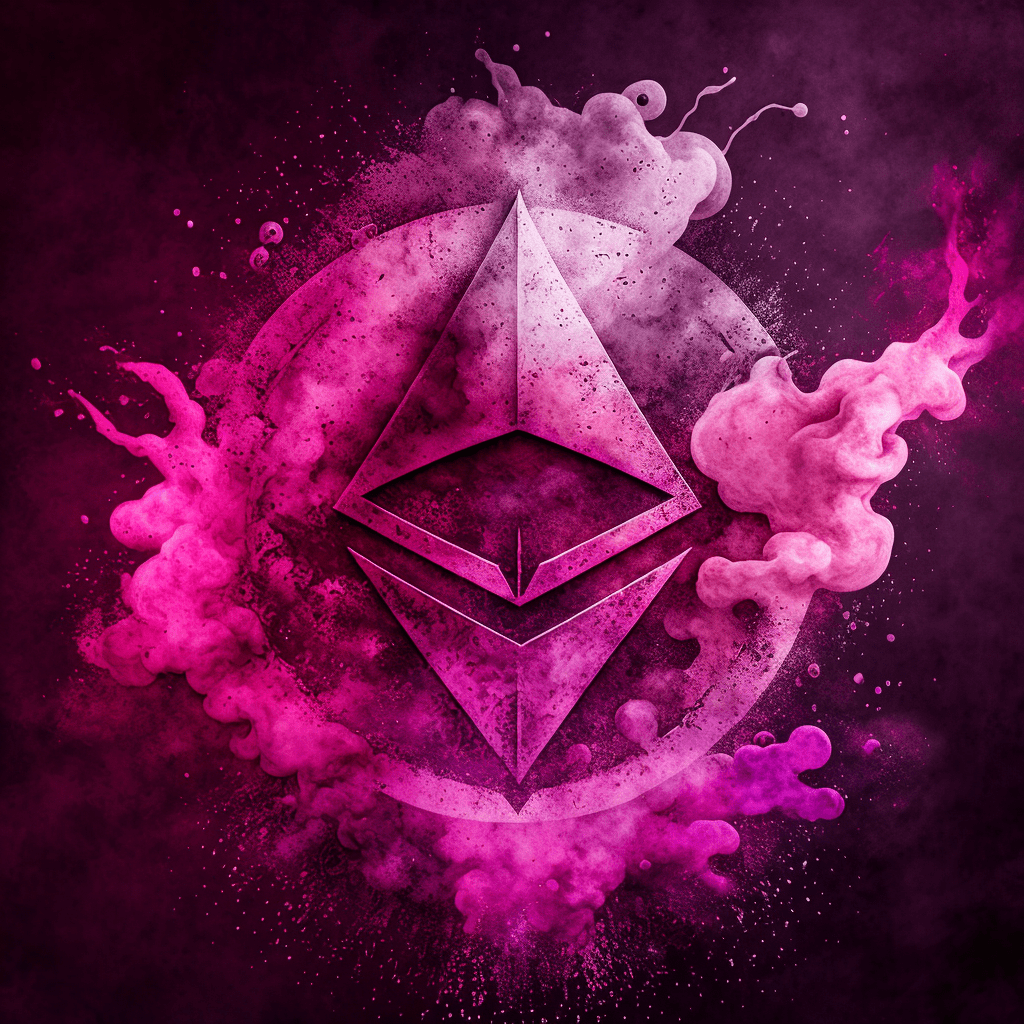The world of NFTs has opened up new avenues for creators and investors alike, but a common question often arises: “how much does it cost to mint an NFT?” The answer to this can vary widely depending on a multitude of factors. Let’s delve into the different aspects that contribute to the cost of minting an NFT and the price range you can expect for various NFT minting services.

Understanding NFT Minting Costs
Before we break down the price range for different NFT minting services, it’s crucial to understand what costs are involved in the NFT minting process. When you mint an NFT, you’re essentially creating a unique digital asset on the blockchain. This process incurs several costs, primarily:
Gas Fees: The term ‘gas fees’ is used in the context of Ethereum and other blockchains to denote the cost of performing a transaction or executing a contract. These fees are variable and depend on the current demand on the network.
Service Fees: If you’re using an NFT marketplace or a platform to mint your NFTs, they may charge a service fee. This fee is for using their platform’s infrastructure and services, including user-friendly interfaces, security, and exposure to potential buyers.
Additional Costs: These could include costs related to creating your artwork, marketing your NFTs, or even legal costs if you’re dealing with copyright or licensing issues.
Minting on Ethereum-Based Marketplaces

Ethereum is the most widely used blockchain for NFT transactions, and marketplaces like OpenSea, Rarible, and Mintable are popular choices for minting NFTs.
OpenSea: As of the time of writing, OpenSea offers a “lazy minting” option, which allows users to mint NFTs for free. However, the first time you sell or transfer an NFT, you’ll need to pay a gas fee to initialize your account.
Rarible: Rarible charges gas fees for minting NFTs, and these fees can fluctuate depending on the Ethereum network’s congestion. In addition, Rarible charges a 2.5% service fee on all sales.
Mintable: Similar to OpenSea, Mintable also offers a gasless minting option. However, if you opt for this, Mintable charges a commission on sales.
Navigating Other Blockchains

While Ethereum holds a significant share of the NFT market, other blockchains like Binance Smart Chain (BSC), Flow, and Tezos also offer NFT minting, often with lower fees.
Binance Smart Chain: BSC operates with lower transaction costs than Ethereum, making it an attractive option for those looking to save on gas fees. Marketplaces like BakerySwap and Treasureland cater to NFT minting on BSC.
Flow: Flow is the blockchain behind NBA Top Shot, one of the most successful NFT projects. While NBA Top Shot doesn’t allow users to mint their own NFTs, other platforms on Flow do, often with a straightforward pricing structure and lower gas fees than Ethereum.
Tezos: Tezos is another blockchain known for low gas fees. Hic et Nunc is a popular Tezos-based marketplace, where users can mint NFTs with minimal costs.
As we continue to explore this new digital frontier, it’s evident that the costs associated with minting NFTs can vary widely depending on various factors such as the chosen blockchain, the marketplace, and the complexity of the artwork. Nevertheless, understanding these costs is essential to make informed decisions and navigate the world of NFTs with confidence.
Breaking Down the Costs Further

Now that we’ve established a baseline understanding of how much it might cost to mint an NFT on different platforms, it’s worth digging a little deeper into how these costs can vary.
The gas fee on Ethereum, for example, is notoriously volatile. It’s dependent on network congestion, meaning it can be relatively low during periods of low activity but can skyrocket when the network is busy. This volatility can significantly impact the cost of minting an NFT, potentially making it more expensive than anticipated.
Service fees are a little more predictable, as they’re set by the platform and usually communicated upfront. These can range from a flat rate to a percentage of the sale price. For example, platforms like OpenSea charge a 2.5% selling fee, while others may charge a flat fee for minting.
Other costs, such as those associated with creating the artwork for the NFT or marketing it, will also vary widely depending on the specific circumstances of the NFT being minted. High-quality artwork may require a significant investment, especially if you’re commissioning work from a skilled artist. Marketing costs can also add up, particularly if you’re purchasing advertising or hiring a PR firm to promote your NFT.
Unraveling NFT Minting: Cost Breakdown & Variations
Examining the potential costs of minting NFTs can be a complex task, as it’s affected by several factors, including the blockchain used, the specific marketplace, and additional elements like artwork creation and marketing.
Keep abreast of the changing NFT landscape to make well-informed minting decisions.
Looking Ahead

As NFTs continue to evolve, it’s likely that the cost structures associated with minting them will change as well. New platforms and technologies, shifts in the market, and changes in the broader crypto ecosystem could all have an impact on minting costs. Keeping a pulse on these changes will be crucial for anyone looking to participate in the NFT space.
In summary, the cost of minting an NFT can range from almost nothing to several hundred dollars, depending on various factors. By understanding these factors and keeping a close eye on the market, you can make informed decisions about when and where to mint your NFTs.
